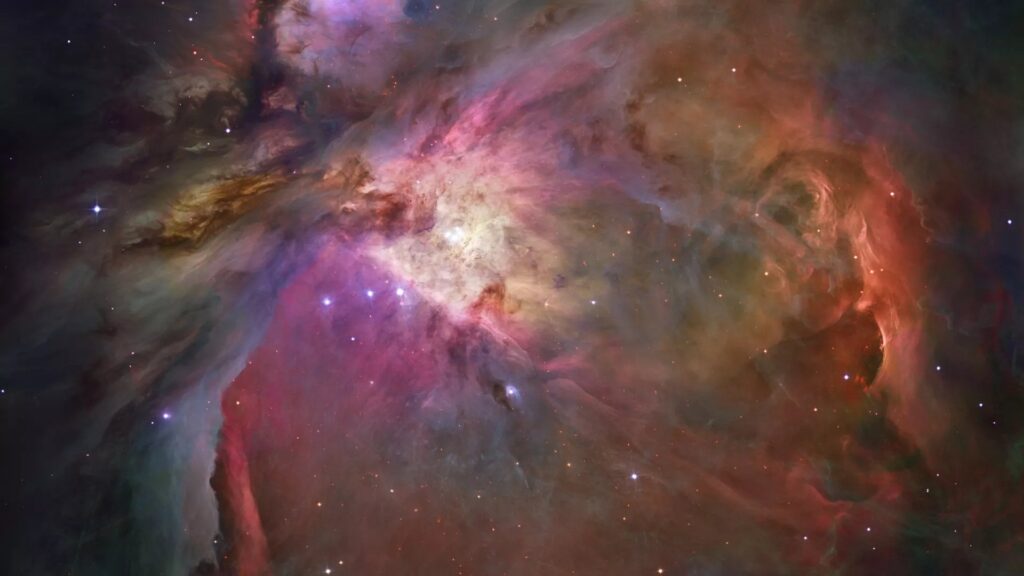According to new research, interstellar clouds may have played a crucial role in the formation of amino acids, which are a fundamental component of life. Amino acids could have originated in the interstellar molecular clouds that gave rise to the solar system, before being carried by asteroids and eventually crashing on Earth. Understanding how and where amino acids are formed is essential to comprehending the origin of life.
Scientists led by Danna Qasim of the South-west Research Institute (SwRI) and Christopher Materese of NASA’s Goddard Space Flight Center have made significant progress in discovering where amino acids and amines form in space by creating them under “asteroid relevant conditions.” Their research focused on replicating conditions in interstellar clouds to produce amino acids.
Qasim used ices such as ammonia, carbon dioxide, methanol, and water commonly found in interstellar clouds and bombarded them with high-energy protons from a Van de Graff generator to simulate the ices being irradiated by cosmic rays in space. The proton bombardment broke the ice molecules apart, with the components reassembling themselves into more complex organic molecules, including amines and amino acids such as glycine and ethylamine.
When the solar system was formed, these amino acids and amines would have been transported into carbonaceous asteroids and eventually brought to Earth through asteroid impacts and meteorite falls.

“The make-up of asteroids originated from the parental interstellar molecular cloud, which was rich in organics,” said Qasim in a statement.
Further research by Qasim’s and Materese’s team found that even after aqueous alteration, the proportions of amines and amino acids from the interstellar cloud remained intact, and the abundance of some amino acids, such as glycine, doubled after seven days in the warmth and water.
However, even with asteroid processing accounted for, the abundances of amines and amino acids do not entirely match those found in carbonaceous chondrite meteorites. It is possible that the meteorites, having fallen on Earth, have become contaminated with terrestrial organic material, altering their amino acid abundances.
To address this issue, Qasim and Materese, along with their colleagues, are eagerly awaiting the return of samples from the carbonaceous asteroid Bennu, which was visited by NASA’s OSIRIS-REx mission. These samples will represent pristine material uncontaminated by life on Earth and date back to the birth of the solar system.
“The important takeaway is that the building blocks of life have a strong link not only to processes in the asteroid, but also to those of the parent interstellar cloud,” Qasim said in a statement from NASA.
Ultimately, the researchers hope to determine definitively whether amino acids formed in our solar system or in interstellar space. If the latter is true, then amino acids could be prevalent across the Milky Way galaxy, potentially leading to the discovery of life on planets around other stars.